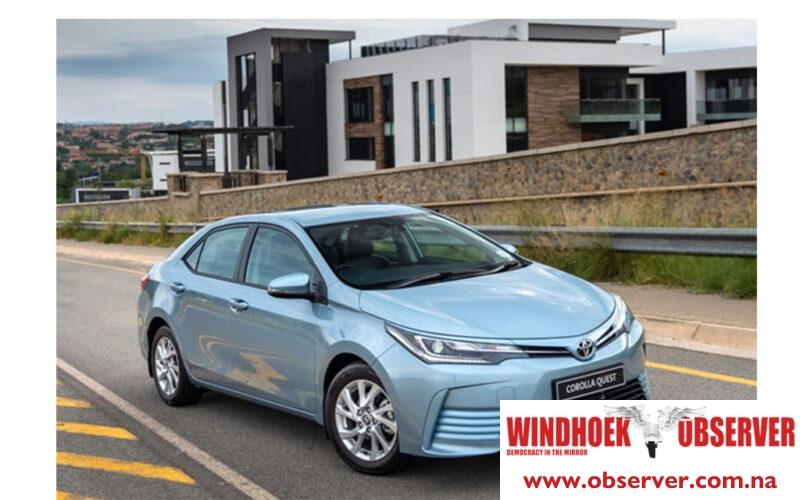The total vehicle sales in Namibia decreased to 995 units in August falling below the 1000-unit threshold.
This represents a decline from 1,172 units in July and 1,101 units in August 2023, marking contractions of 15.1% month on month and 9.6% year on year.
The overall downturn was driven by decreases in both the passenger and commercial vehicle segments.
Passenger vehicle sales dropped by 21.8% month on month, from 564 units in July 2024 to 441 units in August 2024.
Meanwhile, commercial vehicle sales decreased by 8.9% month on month, from 608 units to 554 units over the same period. During the period under review, dealerships remained the primary purchasers, accounting for a substantial 97% (965 units) of total vehicle sales. This dominance underscores the role of dealerships in maintaining inventory levels.
Rental agencies contributed 3% (30 units) of sales, exclusively acquiring Toyota models—specifically 20 Corolla Quest units, 8 Hilux units, and two Fortuner units. The preference for Toyota vehicles highlights the brand’s reputation for reliability and cost-effectiveness, which are critical factors for rental businesses aiming to optimize operational efficiency and customer satisfaction. Additionally, no record of show that vehicles were sold to government institutions during this period.
Light Commercial Vehicles (LCVs) dominated the market, with 483 units sold, reflecting ongoing business and trade activities. The sustained demand for LCVs indicates that while overall economic activity may have slowed, essential services and industries continue to operate and require vehicle support. Passenger vehicles followed closely with 441 units sold, but the noted decline suggests that individual consumers may be delaying purchases due to economic pressures.
Sales of Extra Heavy Commercial Vehicles (XHVs) and Medium Commercial Vehicles (MCVs) both amounted to 30 units each. These figures point to continued investments in large-scale infrastructure and industrial projects, albeit at a moderated pace.
The procurement of such vehicles often aligns with long-term planning and capital projects, which may not be as immediately affected by short-term economic fluctuations. Heavy Commercial Vehicles (HCVs) accounted for 9 units, and only two buses were sold throughout the month.
An analysis of vehicle sales by country of origin reveals a strong preference among Namibian consumers for Japanese and German vehicles Japanese vehicles sold 671 units leading the market and capturing 67.4% of total sales. This dominant position underscores the trust placed in Japanese brands, particularly Toyota, renowned for its reliability, durability, and affordability.
German vehicles secured the second spot with 118 units sold, representing 11.9% of the market, reflecting the enduring appeal of German engineering and performance, notably from Volkswagen and Mercedes-Benz.
American brands also held a notable share, with 81 units sold (8.14%), driven largely by demand for Ford models. South Korean vehicles followed, recording 51 units sold (5.1%). South Korean vehicles recorded 51 units sold, accounting for 5.1% of the market. While Kia’s reported sales figures are available, there may be some variations in how its market presence is reflected.
Despite this, Kia continues to resonate strongly with Namibian consumers, admired for its modern designs and innovative technology. These figures highlight the diverse consumer preferences in Namibia’s automotive market, with a distinct inclination toward Japanese, German, and American vehicles. – Simonis Storm Securities




